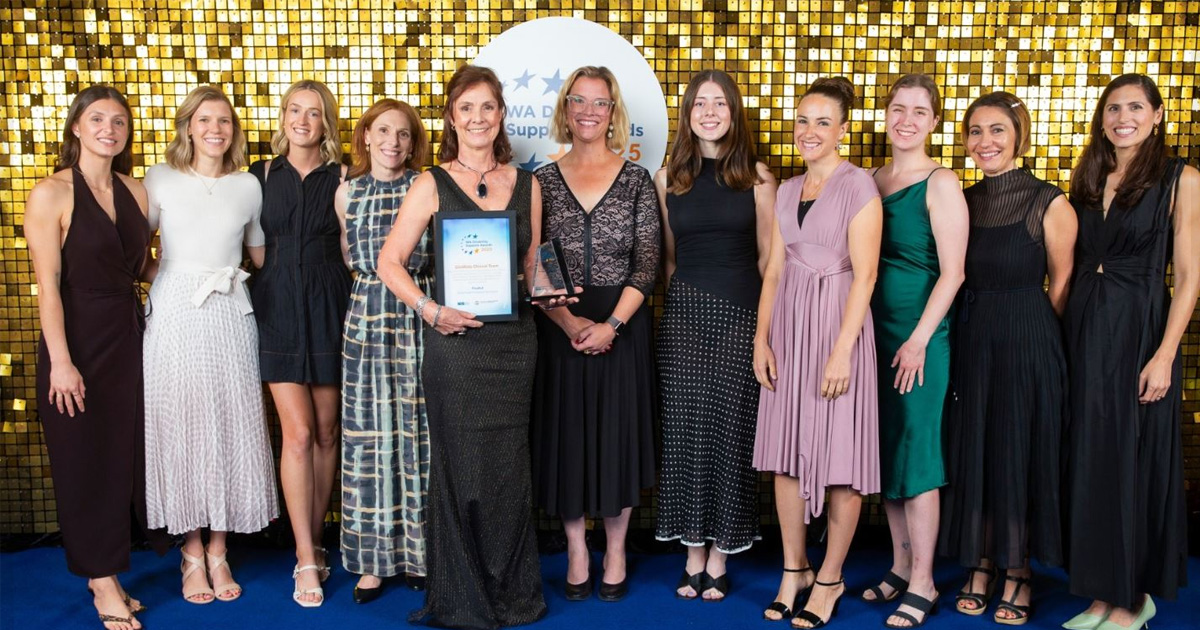Search
Research
“I Just Feel Like the Teacher Understood Me, and She Knew What I Needed”: School Experiences of Autistic Students from Diverse BackgroundsGathering Autistic young people's testimony is critical for understanding their lived experience of education and designing settings in which these students can thrive. Despite increasing knowledge in this field, we lack perspectives from a broad range of Autistic students which necessarily limits our ability to build inclusive, supportive environments for all. This study explored the educational experiences of preschool and school-aged Autistic students from diverse age groups, backgrounds, and educational settings.
Research
High use of complementary and alternative medication among children with autism is not associated with the severity of core symptomsThis study provided evidence for high rate of alternative medicine use in an Australian paediatric ASD population, similar to other countries.
Research
Moving beyond behaviour-only assessment: Incorporating biomarkers to improve the early detection and diagnosis of autism spectrum disordersThis paper presents a response to the Camarata (2014) lead article regarding the accuracy and effectiveness of early identification and early intervention...
Research
Genome-wide association study of autistic-like traits in a general population study of young adultsResearch has proposed that autistic-like traits in the general population lie on a continuum, with clinical ASD representing the extreme end of this...
Research
Maternal Conditions and Perinatal Characteristics Associated with Autism Spectrum Disorder and Intellectual DisabilityFindings show that indicators of a poor intrauterine environment are associated with an elevated risk of ID, while for ASD, and particularly ASD without ID,...
Research
Inner speech impairment in children with autism is associated with greater nonverbal than verbal skillsWe present a new analysis of Whitehouse, Maybery, and Durkin's (2006, Experiment 3) data on inner speech in children with autism (CWA).
Research
Early biomarkers predictive of autismThis study aims to investigate the cellular and molecular profiles of the immune system in infants at high/low risk for Autism, as determined through clinical assessment.

People
Andrew WhitehouseDeputy Director (Research); Angela Wright Bennett Professor of Autism Research at The Kids Research Institute Australia; Director, CliniKids

News & Events
The Kids’ clinical autism service wins WA disability awardCliniKids has won the Allied Health Professionals category at the Western Australian Disability Support Awards, announced at Crown Perth on the weekend.
